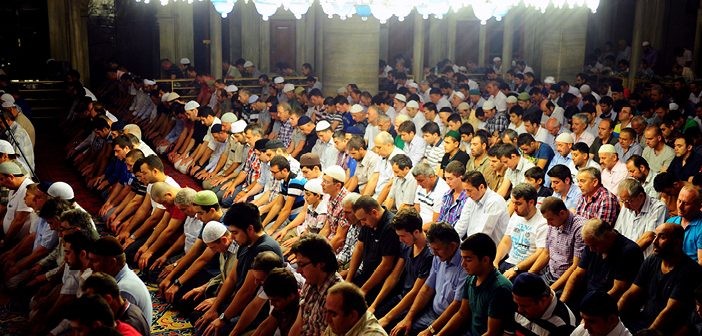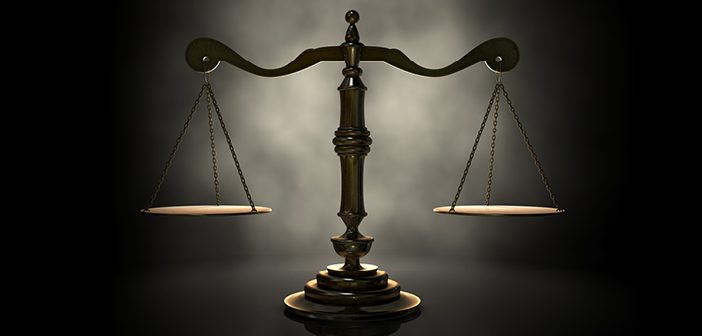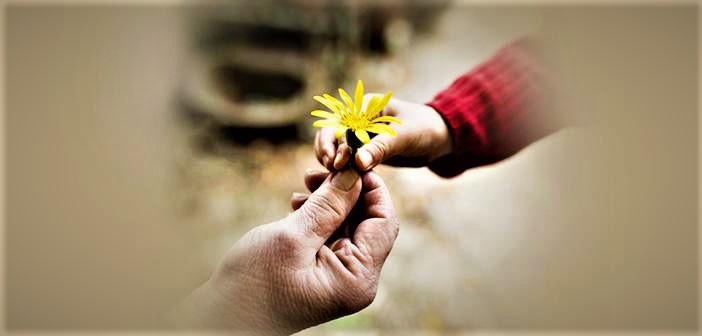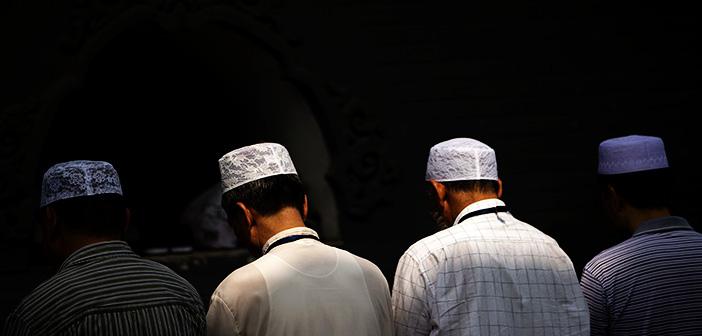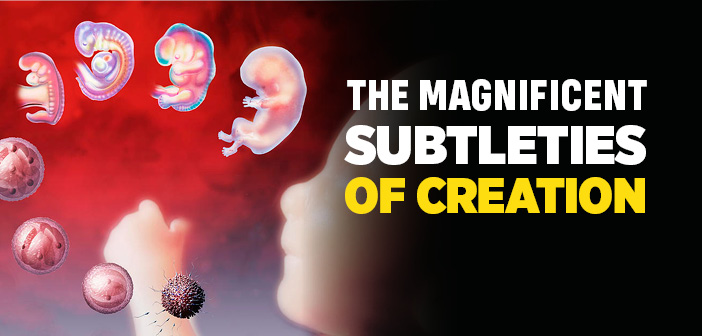
The Magnificent Subtleties of Creation
What are the marvelous intricacies of creation?
Allah, glory unto Him, states:
“And in the earth there are signs for those who are sure; and in your own souls (too); will you not then see?” (ad-Dhariyat, 20-21)
So magnificently has the Almighty created man, that even the lauded science and technology of our age, despite its numerous discoveries, has fallen short of comprehensively making out the wonderful mystery that is the human being. The Quran states:
“O man ! What has beguiled you from your Lord, the Gracious one, Who created you, then made you complete, then made you proportionate? Into whatever form He pleased He constituted you…” (al-Infitar, 6-8)
Reminding him of their past, Allah, glory unto Him, urges human beings to reflect on their creation; such that although made the most honorable among entire creation owing to an exceptional design, they were created in the first place from a somewhat unappealing and unsightly, watery substance.[1] How absurd it is then for man to take confidence from a temporary, vulnerable existence that is in fact tantamount to nothing, and rebel against his Lord, the eternally Powerful and Wise, who made a magnificent being from a tiny drop of liquid!
The stages of human creation, of which medicine has only recently become aware, are depicted in the Quran in the following:[2]
“And certainly We created man of an extract of clay, Then We made him a small seed in a firm resting-place. Then We made the seed a clot, then We made the clot a lump of flesh, then We made (in) the lump of flesh bones, then We clothed the bones with flesh, then We caused it to grow into another creation, so blessed be Allah, the best of the creators. Then after that you will most surely die. Then surely on the day of resurrection you shall be raised.” (al-Muminun, 12-16)
Just like his creation, man’s organs also invite him to contemplation through a language of their own. As vast objects for our contemplation, our eyes, ears, hands, feet, brains, hearts and in short our entire organs virtually call out to us, urging:
Look carefully at how the Almighty has regulated the limbs, made up of muscles, nerves and veins, and put them all together to form an incredible, harmonious system! He has made the head round and opened up thereon ears, eyes, a mouth, a nose and other inlets…He has created the hands and feet long, divided their tips into fingers and toes and them into phalanges. As for the internal organs such as the heart, stomach, lung, liver, intestines, spleen and womb, He has fashioned them in the most perfect way imaginable. Not one of them is futile and detached from the rest; each serves a crucial function, created in a manner most suitable to carry its specific function out. What’s more, each organ is divided into internal components. The eye, for instance, has layers, each of which has a distinct quality and shape. Should any one of those layers break down or lose one of its qualities, the eye loses its entire power of vision.
[1] See, Abasa, 17-22; ar-Rûm, 20; al-Qiyâmah, 36-38; al-Mursalât, 20-22; Yâsîn, 77; al-Insân, 2.
[2] The Quran has been reinforced with each scientific discovery over the past 1400 years. That a Book, presented to humankind through an unlettered Prophet, should touch upon laws effective throughout the universe and thousands of phenomena, the reflections of these laws, and not be disproven by as little as a single discovery, stands as an incontestable proof of its Divine origin. Simply put, the Quran is always at the forefront of science and scientific discoveries always support it, following in its wake.
Many Western intellectuals, prudent enough to lay anti-Islamic prejudice aside, have been able to draw a connection between discoveries made only recently in our times and their references in the ayat of the Holy Quran revealed some 1400 years ago, and have subsequently opted for the path of guidance, in utter admiration and awe. One of them is the French embryologist Prof. Maurice Bucaille, who became Muslim following a similar thread. Of particular importance are his The Bible, the Quran and Science and Moses and the Pharaoh, which we encourage our readers to pick up.
Source: Osman Nuri Topbaş, Contemplation in Islam, Erkam Public.




